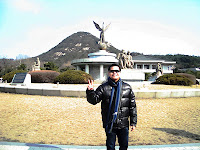The Art of War on Stamps

Sun Tzu Stamp, 1995 Sun Tzu was a Chinese military general, strategist, philosopher, and writer who lived during the Eastern Zhou period of 771 to 256 BCE. Sun Tzu is traditionally credited as the author of The Art of War, an influential work of military strategy that has affected both Western and East Asian philosophy and military thinking. Sun Tzu is revered in Chinese and East Asian culture as a legendary historical and military figure. The Art of War is a systematic guide to strategy and tactics for rulers and commanders. The book discusses various maneuvers and the effect of terrain on the outcome of battles. It stresses the importance of accurate information about the enemy’s forces, dispositions and deployments, and movements. This is summarized in the axiom “ Know the enemy and know yourself , and you can fight a hundred battles with no danger of defeat.” It also emphasizes the unpredictability of battle and the use of flexible strategies and tactics. The book’s insiste






